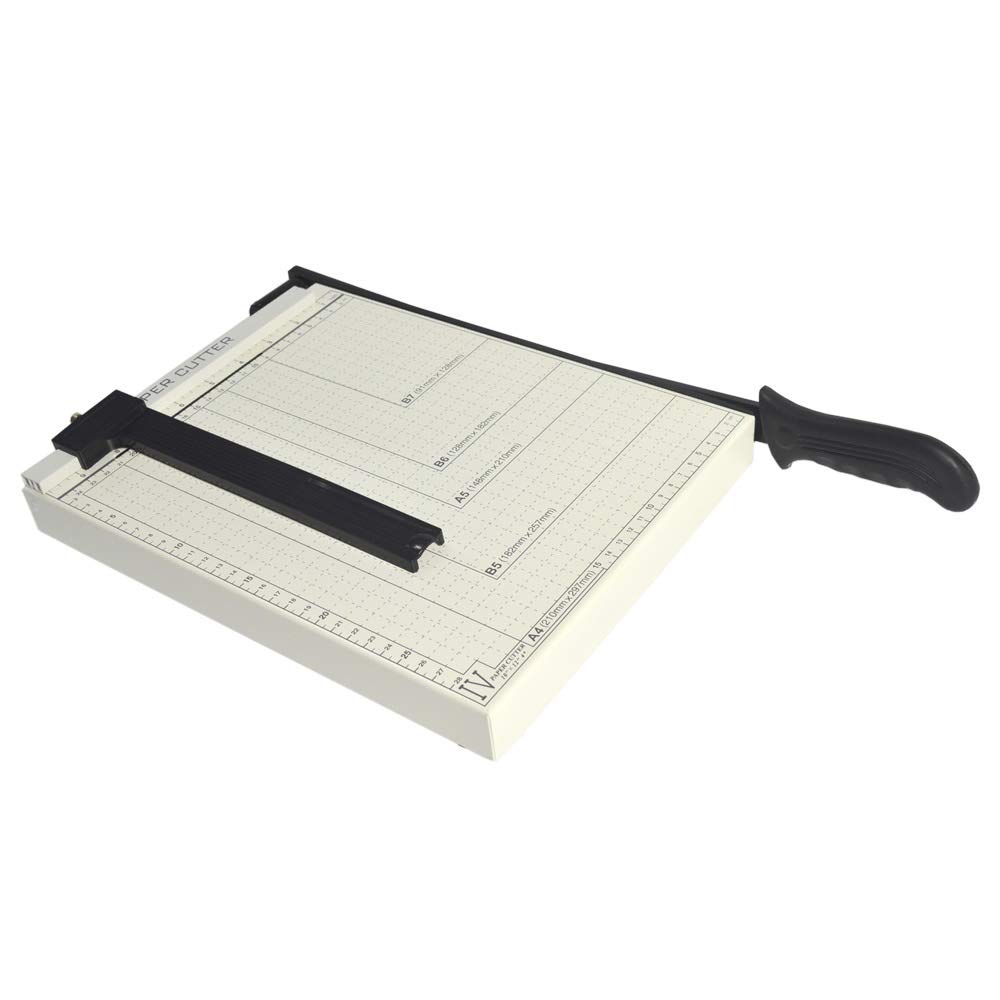Paper guillotines are a remarkable piece of engineering that have played a vital role in the world of printing, publishing, and various industries where precise paper cutting is a necessity. These devices are known for their accuracy and efficiency in slicing through stacks of paper with incredible precision. In this article, we will unravel the mechanics behind the paper guillotine technology.
Blade System – At the heart of every paper guillotine is the blade system. The blade, often made from high-quality steel, is the primary cutting tool responsible for slicing through paper cleanly and accurately. The design and sharpness of the blade are crucial factors in achieving precise cuts. Guillotine blades are typically attached to a lever arm, which allows for controlled downward motion, ensuring consistent and uniform cuts.
Clamping Mechanism – To ensure that the paper remains steady and in the correct position during the cutting process, paper guillotines employ a clamping mechanism. This system holds the paper firmly in place to prevent any movement or shifting while the blade descends. The clamping system is often equipped with adjustable pressure settings to accommodate different paper types and thicknesses.

Backgauge – The backgauge is a critical component that determines the size and alignment of the cut. It is essentially a movable metal bar positioned behind the paper stack. Operators can adjust the backgauge to set the desired paper size for cutting accurately. Many modern paper guillotines come with digital controls and displays for precise measurements, allowing users to input specific dimensions.
Cutting Control Mechanism – Controlling the descent of the blade is another essential aspect of paper guillotine technology. Advanced guillotines feature hydraulic or electric systems that provide consistent and controlled pressure, ensuring that the blade moves smoothly and accurately through the paper stack. Some older models may utilize manual control, but modern machines offer more precise and automated options.
Safety Features – Safety is paramount when working with paper guillotines. These machines are equipped with various safety features to prevent accidents and injuries. Common safety measures include two-handed operation, infrared sensors to detect hands in the cutting area, and emergency stop buttons. Additionally, some guillotines have interlocks that prevent the blade from descending if the safety measures are not met.
Cutting Modes – Paper guillotines offer different cutting modes to cater to a wide range of applications. In addition to the standard cut, guillotines can perform tasks like partial cutting, perforation, and scoring. This versatility is invaluable for businesses and print shops that need diverse cutting options.
Durability and Maintenance – The durability of a paper guillotine is a result of the quality of its components and materials. Regular maintenance is essential to ensure that the machine operates smoothly and reliably. This includes blade sharpening or replacement, lubrication of moving parts, and routine inspections to identify and address any wear and tear.
As technology advances, paper trimming guillotines continue to evolve with digital controls and improved automation, making them even more versatile and user-friendly. Whether used in the printing industry, offices, or small businesses, paper guillotines are indispensable tools that have withstood the test of time, thanks to their enduring design and engineering excellence.
